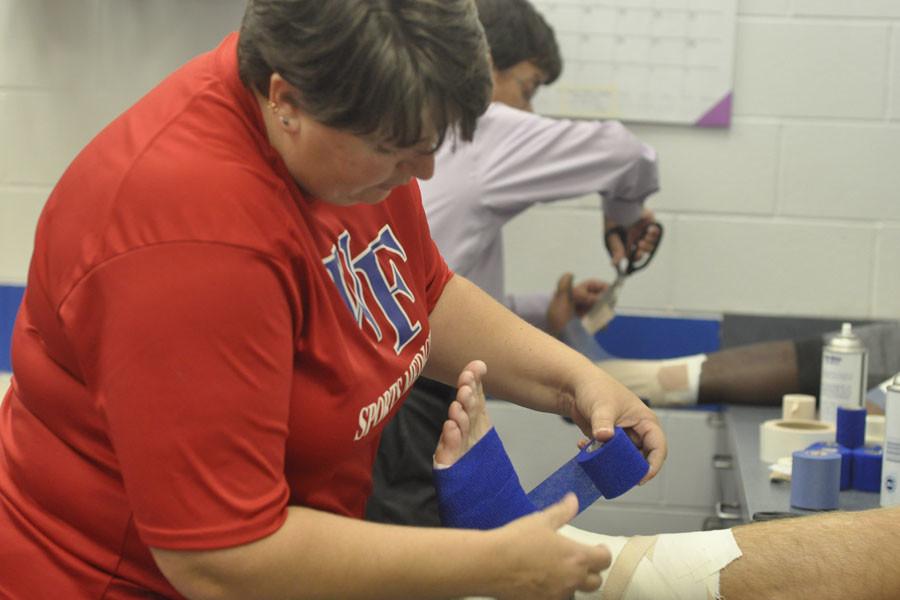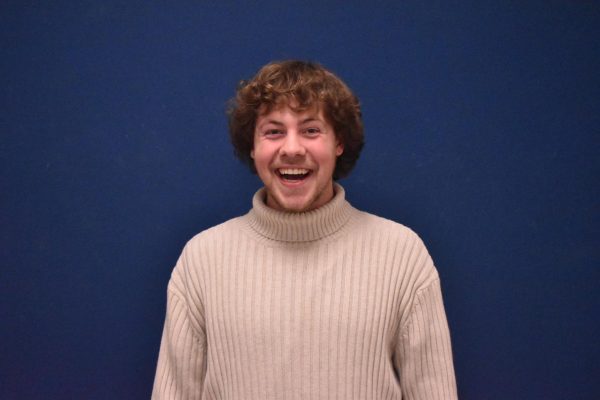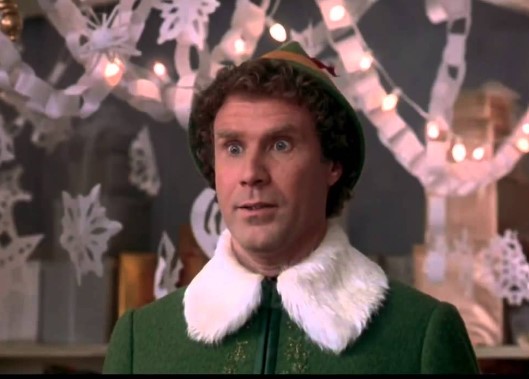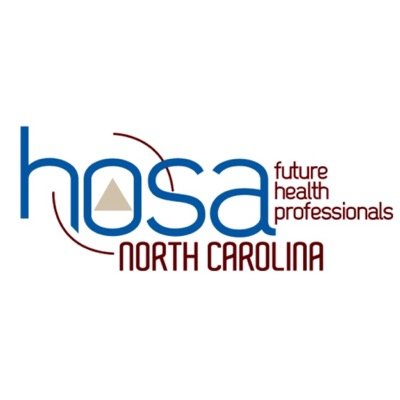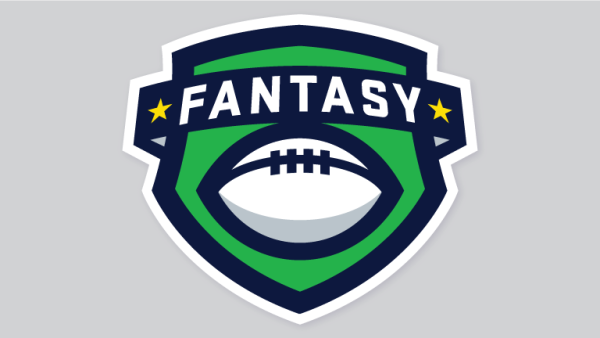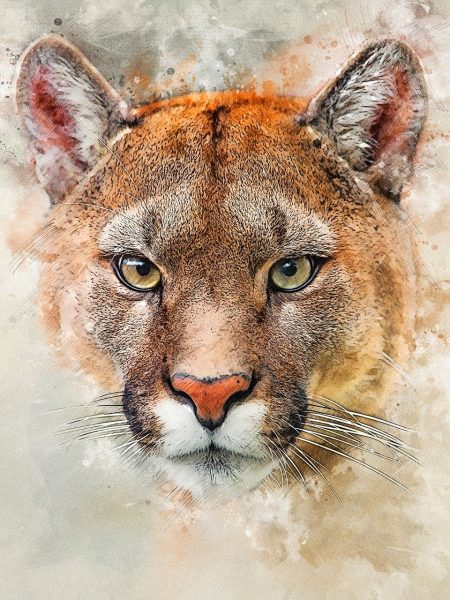Sports Medicine program inducted into national honor society
November 18, 2015
The time for those behind the Friday night lights to receive recognition for their achievements has come.
The sports medicine team gained acceptance into the National Honor Society of Sports Medicine (NHSSM), an organization based in California, last month.
Only seven states currently hold chapters, making our school one of the first to provide students the opportunity of membership.
Individual students are required to participate in a minimum of 110 sports medicine hours, either after school or through job shadowing, as well as maintain a 3.0 average and a 3.5 average in sports medicine and health-related classes to join the society.
“It’s a great honor, most importantly for our athletic trainer students. They work so hard to attain this additional accolade for college,” Athletic Trainer Richard Baker said.
Assistant Athletic Trainer Rebecca Jones is also excited for what this means for the school and the program.
Jones said, “the quality of the coursework taught by Mr. Baker and the opportunities our sports teams provide,” were key in the program’s acceptance into NHSSM.
The team is present at all football practices and games as well as all home sports games. This schedule can impact athletic training students’ free time and study habits.
“It does affect the time I do my homework, but it doesn’t affect how it gets done,” said junior Alexis Ramsay, co-leader of the team.
Time management is an essential skill for athletic training students, according to Baker.
“If you’re going to commit to something, whether it be a job or any other type of responsibility, you don’t take it too lightly,” Baker said, adding that “academics come first.”
Though the team’s main duties consist of preparing the first aid kits, water and injury ice for practice and games, the students do more than fetch water.
An emergency action plan is established before any practice or game in case of a major injury, according to junior Kynleigh Holley, co-leader of the sports medicine team. These plans designate which students will direct the ambulance, which will bring the appropriate equipment and which will stay to aid Baker and Jones.
As fatalities due to high school sports can happen, athletic trainers work to keep that tragedy from becoming a reality.
“Each and every time we’re on the field, we owe athletes the diligence to protect them from themselves by asking the right questions and trying to be thorough,” Baker said.
Baker said that this past month alone, four high school football players have died from sustained injuries across the nation. Since August, 15 high school football player deaths have been noted.
“It’s always tough to make that play-no play decision when you have someone who’s hurt and they might come back or they might not,” Jones said. “You’re not 100 percent sure.”
This decision is one of the most difficult Baker has faced in his career. In one instance, when surveying a head and neck injury of a football player, Baker chose not to allow the student to play.
“Whether it be instincts or gut feeling or whatever the case may be, that type of instinct probably saved him because if he would played, it would have been catastrophic,” Baker said.
The team’s dedication and attentiveness is felt by the athletes.
When senior running back Tyri Beard broke his finger his sophomore year, he became well acquainted with the athletic trainers. Beard also was assisted by the team when he suffered a shoulder separation during the Panther Creek game last year.
Beard said the program was “amazing,” adding that they always focus on improving the athletes’ health.
Junior Emma Anderson, a cross country runner, has struggled with pain in her hips since she was born.
“My hip always hurts when I run, but sometimes it’s so much I can’t run,” Anderson said. “They were just always there to understand and help me.”
Helping others is at the core of many student athletic trainers’ aspirations.
Both Ramsay and Holley plan on pursuing degrees in sports medicine or athletic training.
“It’s definitely a big idea of mine,” Ramsay said.
It’s an idea that could be getting closer and closer with each practice and game, as Ramsay develops real-world skills.
“You may have the book knowledge, but the most important thing is the hands-on application of it,” Baker said.
The team, though now composed of 21 students, began as a duo of Baker and a sole sports medicine student 11 years ago.
Baker feels it would not be possible to complete all their tasks without Jones and the students who devote their time to the team.
Baker said, “All of us have to be the center of the storm so to speak and sort of the common force for everyone.”

